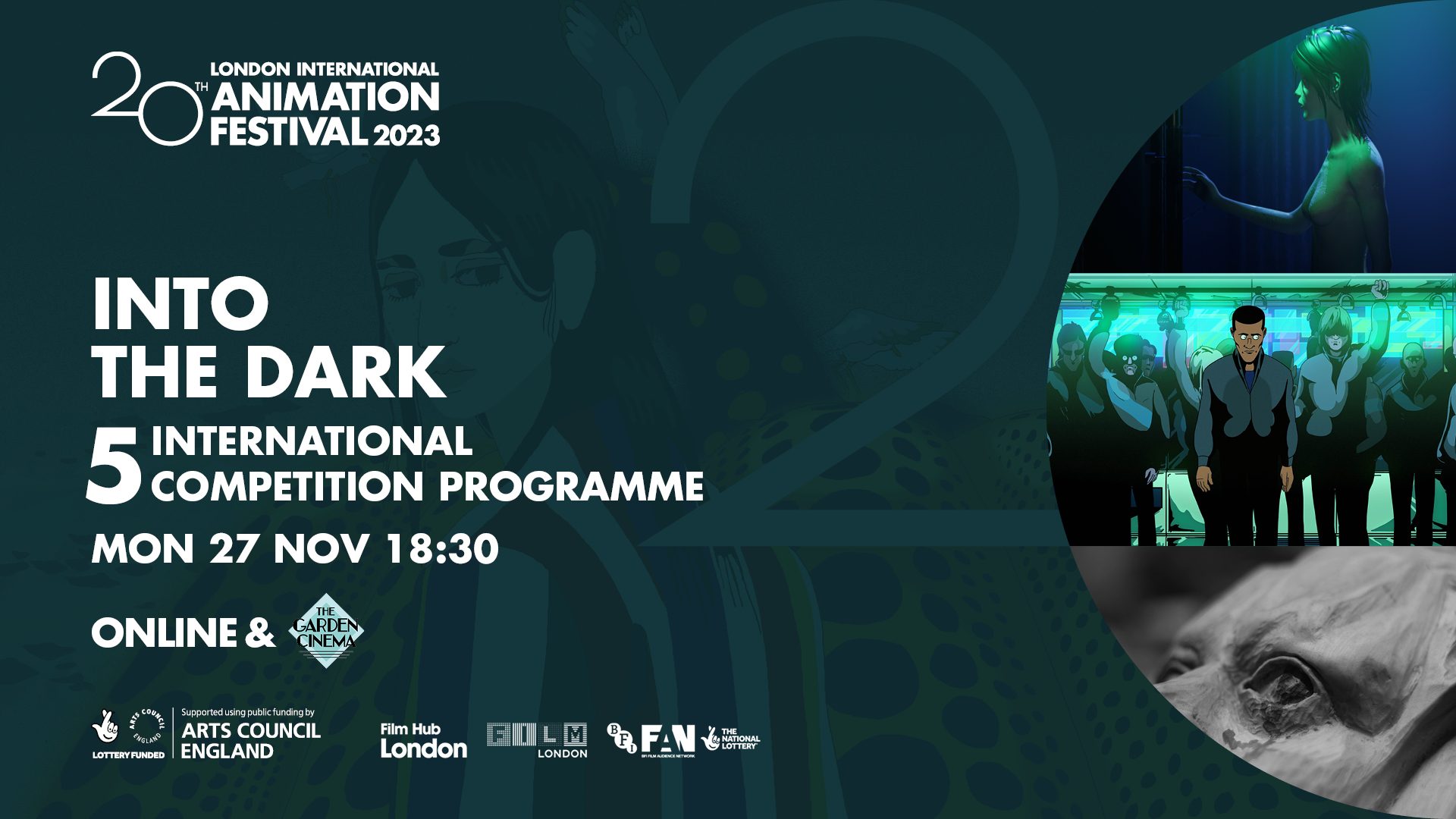
Is there a better artform than animation for exploring, reimagining and redefining the environments in which we all must live, work and navigate? Put your hands back down – coming from us here at LIAF HQ it’s what you might call a ‘rhetorical question’. We already know the answer.
That being said, it’s an avenue of creative inquiry that has a pan-artform history of exploration. Truth be known, it’s probably one of the most primal and simple of inspirations for wanting to ‘make art’ of virtually any kind in the first place.
But as our lived and built environments became more complex, crowded and (for many) confounding, the artistic response to their decoding, interrogation and interpretation became more fractured, more contested and more discordant. Other factors such as cultural, social and economic differences conspire to ensure that different people can view and value the same thing in wildly differing ways.
An Indigenous People will see entirely different qualities in a river than a colonising power newly arrived with acquisition on its agenda. A property developer will ascribe a wholly different value to a ‘vacant’ lot of land than a neighbourhood of residents who need an open space to play and relax. A pilot lives much of their life looking down from a sky most of the rest of us spend our lives looking up at. The same fence can keep some things in and some things out.
In this day and age almost every single element of almost every single built environment is designed, regulated, deliberately selected and often disputed, challenged and sometimes even fought over. Certainly vast skyscrapers do not make themselves, but neither do humble cobblestones. The life of every tree in a city like London hangs continuously in the balance; immovable hostage to often adversarial forces that all see an identical composite of trunk, limbs and leaves but view the actual tree as something entirely different.
The ways in which we measure the various components of the environments we live in is not just informed by the values we ascribe to them but equally informs the very ways in which we interact with those environments and autonomously act individually within them.
The ways in which different places and spaces make us behave and feel is sometimes referred to as ‘psychogeography’. The term is generally agreed to have been coined by the avant-garde Situationist Guy Debord in the mid 1950’s as he sought a prism through which to view and deconstruct the architecture and varied spaces of the contemporary urban environments of his time. Inherent in the ensuing debate that this philosophy provoked was an often fractious argument as to where the fault lines that separated idealist art and urgent utilitarian function were drawn.
Debord himself defined psychogeography as “the study of the precise laws and specific effects of the geographical environment, consciously organised or not, on the emotions and behaviour of individuals”. However, he also described it as “charmingly vague”….. which might be the same thing?
Or not.
As more focus was brought to bear on the term and more people sought to co-opt it as a platform for their own purposes, the expression of psychogeography manifested itself in many and varied ways. Significant international conferences were convened to thrash out its deeper meanings, films that spoke to it or whose Dadaist themes were inspired by it were made and artists co-opted it for their own practices – perhaps reaching a peak or nadir (take your pick) of sorts when an American performance artist pushed a block of ice around Mexico City until it melted. The funding application for that one must have been a real treat to read.
In the end, although committed to his theory, Debord came to realise that using mere words to try and define it was hopeless. “The sectors of a city are decipherable, but the personal meaning they have for us is incommunicable, as is the secrecy of private life in general, regarding which we possess nothing but pitiful documents” he wrote as he pivoted to a variant of the philosophy that he named “urban relativity”.
For Debord, this step was probably a good one in as much as he had a fair bit on his plate at the time anyway and seemed to be racking up fractured relationships on an almost weekly basis.
It’s a pity he didn’t hang around long enough for the London International Animation Festival to get underway. We’d have put a Festival Pass on the door for him and – depending on the mood – bought him the odd drink. His presence on the Festival Jury, on the face of it, offers up the possibility of fireworks and unconventional choices…. possibly even denunciations (all in a day’s work for us here at LIAF). Not to be obvious BUT in animation there exists the absolutely perfect vehicle to explore all of the richly divergent, creatively anarchic and compellingly indecipherable concepts that sit at the heart of what psychogeography stretches (sometimes beyond breaking point) to explain.
This programme starts with a vibrantly coloured, emotionally stark example of this as can be imagined. Inevitably we will all share the name we’ve been given with any number of other people in various places around the world. No big deal. Sadly, more and more of us are also getting up close and personal experiences with somebody deliberately commandeering our name usually as a shortcut to getting their digital hands on our modest bullion. But in A Kind Of Testament by Stephen Vuillemin we wind up with a ringside seat in a tangled, often bewildering portrayal of somebody trying to virtually inhabit the soul – that most intangibly intimate of our personal psychogeography – of another.
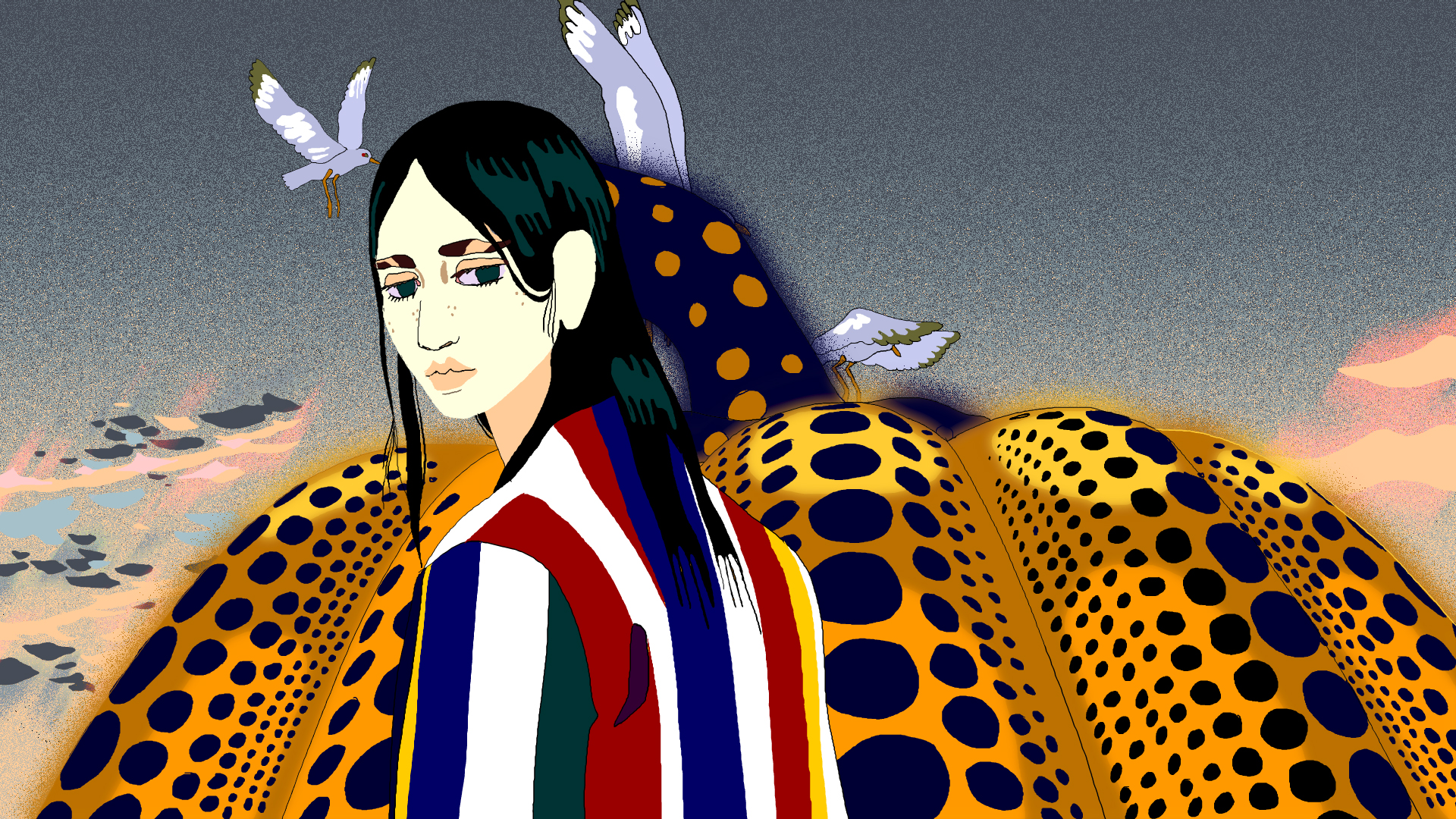
Our soul is what makes us us. Our DNA, although uniquely identifiable to our specific physical existence and identity, is actually pretty common natural coinage; we share most of it with a banana and there are only tiny differences that separate a genuine Bow Bells Cockney from an Amazonian Indian. Our souls on the other hand contain the imprinted code of everything we believe, everything we have learned and the choices we have made in relation to everything we have experienced. For somebody to stare in through the digital open windows of our existence and use those glimpses to build another version of us is the ultimate act of psychogeographical hijacking. The dimensions of this violation and the ways in which it can pull apart the actual lived psychological reality of its victim take a very special imagination to conjure up and a very profound use of the unique properties of animation to present. The degree to which Vuillemin possesses the former is anybody’s guess but his mastery of the latter is on bold, riveting display for all to see in this, his first film. A name to watch.
Perhaps Debord would have been unhappy with our ‘brand extension’ of psychogeography to encompass that opening film. One can only guess, although it might have done wonders for our reputation to have been denounced by him; we would certainly be in fine company and, truth be told, we would have probably been relieved to not have to attend the regular Situationist meetings at his rumpty gaff. That said, if we had been looking for clemency we would draw his attention to Fur by Zhen Li. Fur is ALL about the way physical and mental spaces interact with each; indeed how they literally and metaphorically influence and distort each other in ways concrete and vapourish.
In Fur Li takes us not so much into a deep dive of this blending experience but on a swirling journey through it. It is, at once, powerful and confusing in as much as it is more or less constantly unclear whether it is the psychological state of the characters driving the gently relentless distortioning* of the physical environment they inhabit or the other way around. The temptation is to assume that it is both (which it probably is) but the interpretive pathway to creative riches is to work a bit harder and look at the film from both perspectives separately but simultaneously. Being able to do this makes you not only too clever to be invited to normal parties, it also sets in train a kind of mental pattern that is the creative equivalent of putting PTO on both sides of a piece of paper – it deprioritises each of the two threads removing them from their comfy ‘cause and effect’ symbiosis and giving each of them an independent power to shine in their own right and demonstrate their power. In hindsight, perhaps Debord would still be banishing us under the charge of turning psychogeography into pyscho-geography. There are worse reasons to be turfed out onto the street.
Maybe if we stepped towards a more literal depiction of ‘space’ we might remain in Debord’s good books. And what more literal depiction of space is there than….. space? As in, outer space. The great beyond, the grand infinite, the final frontier. Joost Jansen’s new film Drifter fires its lead character towards distant planets where as a child he dreamed he could be “truly free”. With adulthood comes the reality that, down here at least, he is just “staring at the edges of my life”. In space, eventually well free of even the hint of earth’s celestial neighbourhood, the changes and the challenges take their toll on the mortal, functioning body. But the narrative centre of Drifter is the shorter but more immeasurable journey into the changes wrought upon the mind, the imagination and the very soul of our astronaut explorer.
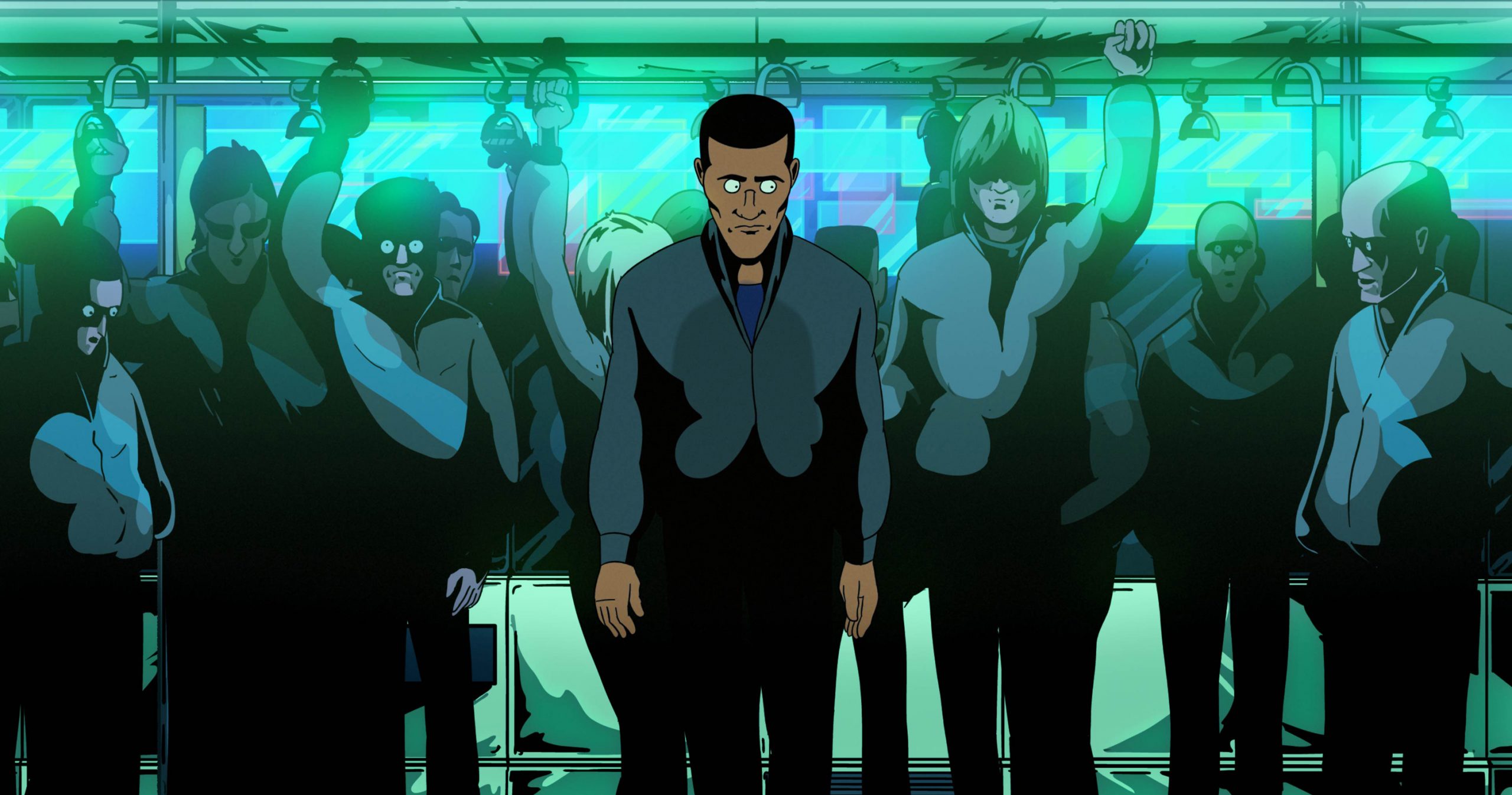
Parsing these elements of the ultimate journey cannot be readily done by relying on the eyes or the hands but on the unbounded and malleable expanse of the human imagination. Stupendously unreliable as a vehicle to report the real, it plays its role trying to visualise that which is so far beyond the real, seeking to explain so much that was only ever intended by the Gods to be felt. It faces the double whammy of having to generate a sense of what the character is feeling and beam it outwards in the hope that – although we may be looking through the wrong end of the telescope – it will be received in a way that makes sense to us as well. But, superficially crystal clear, it’s actually as murky as can be – after all, who can really know for sure that the ‘blue’ you see is the same colour as the ‘blue’ I see. This interpretative ‘jammed lock’ is ultimately what stalled Debord as he attempted to spread the word about psychogeography; perhaps in our shared frustrations and collective limitations he might have begrudgingly admitted a certain kinship with the fine animators we champion here at LIAF. They, however, toil on.
Barbara Rupik’s film Such Miracles Do Happen utterly inverts the character/location ratio, situating its bizarrely metaphysical characters within the claustrophobic expanse of a creepy forest. This has to be one of the most unusual and visually striking films to be released this year. The liquidy visuality of the characters is immediately gripping; both its actual depiction of an uncanny clan of protagonists as well as in the more ‘real world’ questions about how the animators actually pulled off this variation of puppet design! Forests – both as real situational artefacts and as amorphous reservoirs of narrative extension – are rich with potential and have long been exploited by artists of pretty much every genre for the black gold they contain. The cold, hard power of a forest to create its own reality in the mind of those who venture into it or become lost within its borders is an almost bottomless reservoir of psychogeographic possibility, and separating out the myriad components of those spaces and the multitudinous ways in which they are dragooned into fashioning the demeanour of a character is something we would love to have kicked around with Debord over a decent cognac.
Deserts and prisons are equally frontloaded with the hefty baggage of pre-loaded meaning as locations for stories of all kinds. The programme closes with The Cactus by Brazilian motion designer Ricardo Kump. This was a film some four years in the making, coming together when Kump happened across the short story “Ser polvo” by Argentinian writer Santiago Davobe which he thought perfectly synchronised with the distinctive, unique montage technique he wanted to make the film in. The precise genesis of the descent into madness of Kump’s lead character isn’t exactly clear or explicit but he’s not having a good day and by the time we meet him he has already more or less surrendered his psychological sovereignty to the smothering, all-controlling embrace of the environments that he has been cruelly thrust into. In The Cactus Kump rocks a brilliant, compelling and unsettling aesthetic that – somehow – blends together a world and characters made up of disconnected compositional cartilage while at the same time giving each a vividly separate capacity to communicate their most distinguishing traits at us. In doing so, the whole rapidly evolves as being much more than simply the sum of the parts and the film contains enough narrative oxygen to give us plenty of time to contemplate how the internal state of the character is being changed and reprogrammed by the worlds the poor sod is being dropped into, dragged through and abandoned within. It’s a brilliantly executed masterclass in animated psychogeography – arguably.
Of course, on another level we might also just about recognise paler shades of some of these misadventures as lower-fi renditions of the lesser lives the demands of reality often foist upon us as we muddle through. That’s probably a stretch but it’s one reading – or maybe I’m just a born pessimist, trying too hard to curry favour with the ghost of Debord.
* Every year, purely as a public service, through these pages LIAF likes to invent and release a new word into the English lexicon – this is our entry for 2023. You’re welcome.
by Malcolm Turner
Into the Dark screens at The Garden Cinema and online Mon 27 Nov find out more




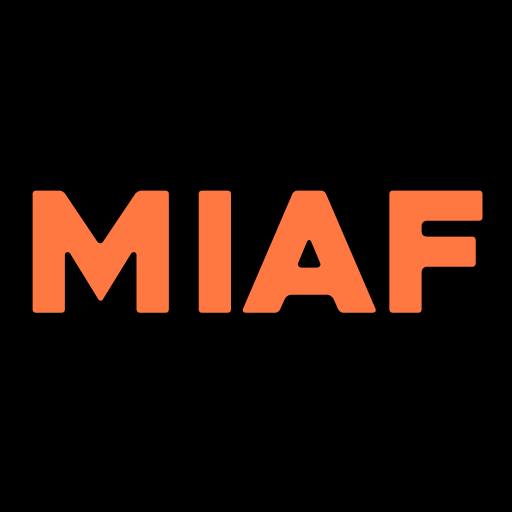

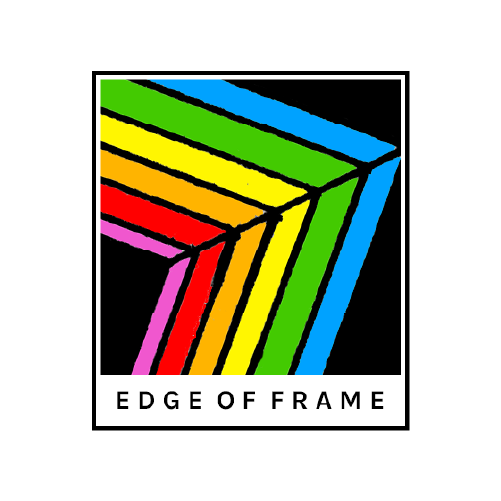






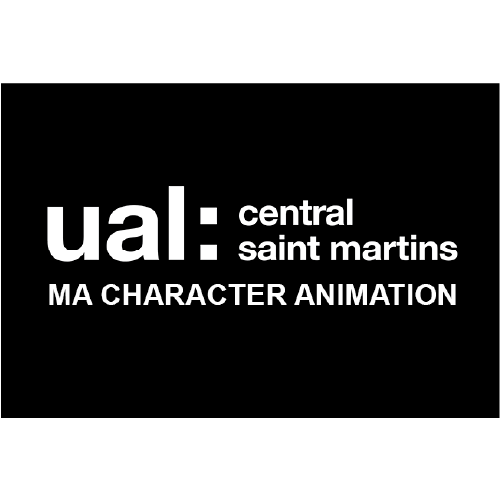


Leave a Reply